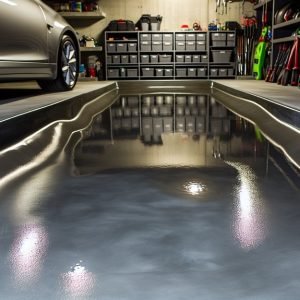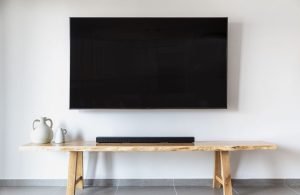Last Updated on August 15, 2025 by teamobn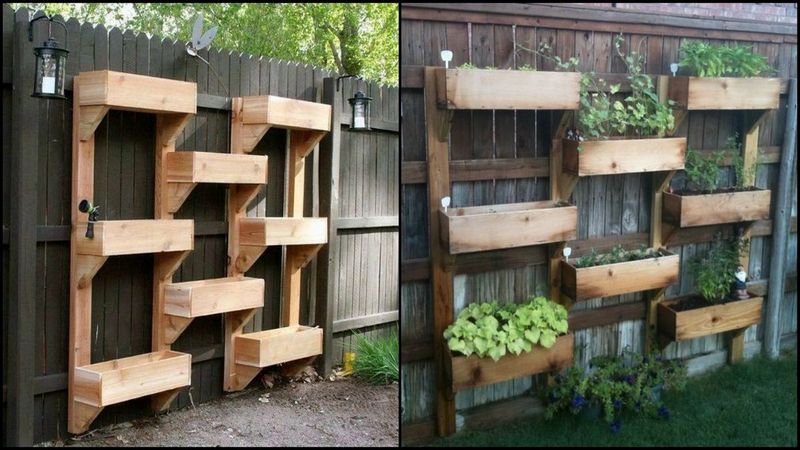
Vertical gardening is a growing trend that encourages gardening at home by making use of vertical space in home interiors and exteriors. Vertical gardening is the practice of growing plants that are suspended or confined in a vertical structure in order to achieve a balance of nature and structure.
Vertical gardening requires a different set of tools, but it does not require a garden. Vertical gardening is the way to grow vegetables and herbs in high-rise buildings and towers. It is important because it can curb the amount of space taken up by our food and make it easier to grow.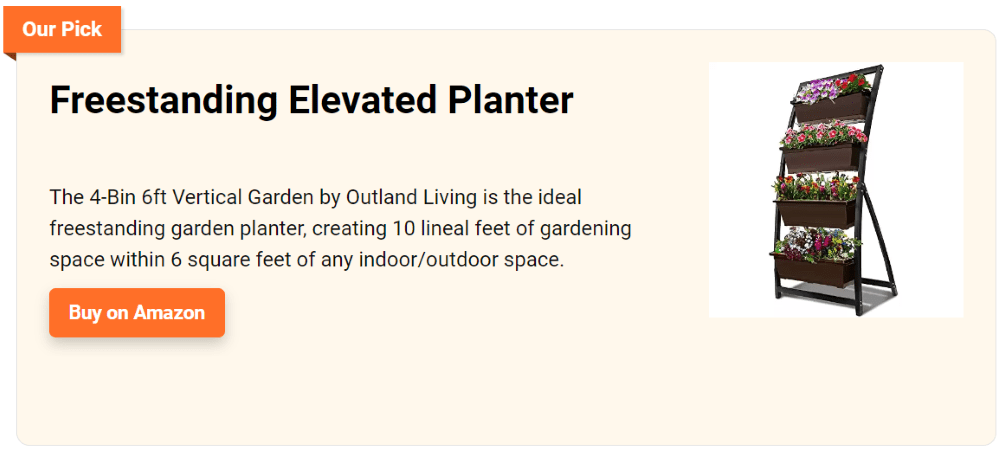
Vertical gardening also eases the burden of our city living by reducing the need for garden allotment (which is a part of our tax burden). As you can see from the photo above, vertical gardening does not require you to dig up the soil and can be done in a matter of hours.
The use of a vertical box planter offers a couple of advantages for your vertical garden. It’s also an efficient way of watering plants as excess water from the boxes above drips into the ones below.
The vertical box planter is just what it sounds like: planters that are stacked on top of one another. These planters are great for people who have a limited amount of space, or who simply prefer the look of vertical planting.
The simple design of these boxes makes it easy to add more as your needs increase – just add more boxes.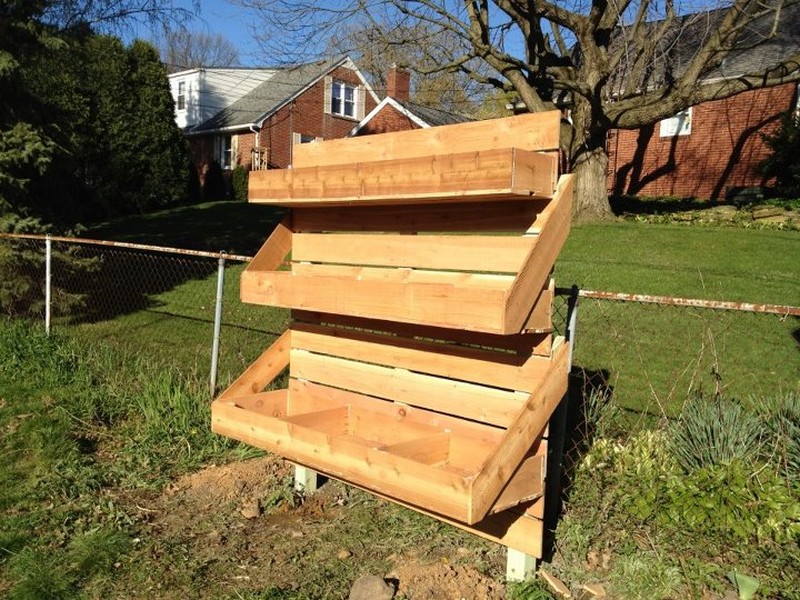
Vertical Planter Boxes Ideas
Vertical gardening has been gaining popularity as an alternative to traditional gardening. Not only does it provide an attractive and aesthetic way to grow your own produce, but it can be done in a small space or on a balcony or patio. The vertical garden is an exceptional way to grow a substantial amount of food in a small area.
Attached to the wall or fence
You can make attach a wooden box planter directly to a wall or fence. For sturdier vertical box planters, you will need to attach the boxes to a platform before attaching them to the wall.
You can of course attach individual box planters but make sure that your wall or fence is sturdy enough to hold them.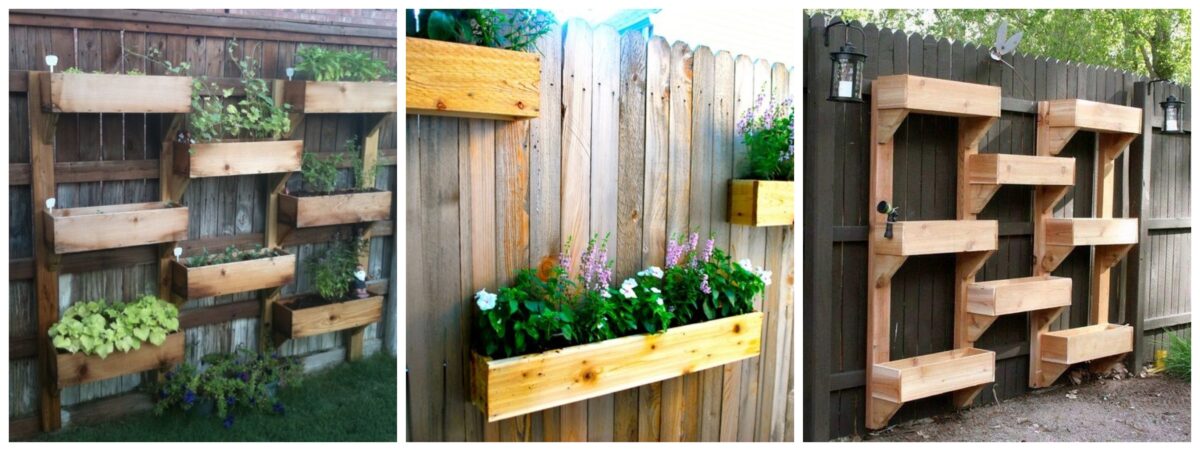
Stand-Alone Vertical Box Planter
Stand-Alone Vertical Box Planters are great for maximizing space in your home or office. Depending on how you arrange them, you can have the benefit of having your own herb garden or even a small vegetable garden in your kitchen.
Since they are stand-alone, you can easily transfer them outside to get some sunlight and secure them inside your homes at night. Using a stand-alone planter is a great solution, especially if you only have a balcony or a small patio where you can showcase your crops.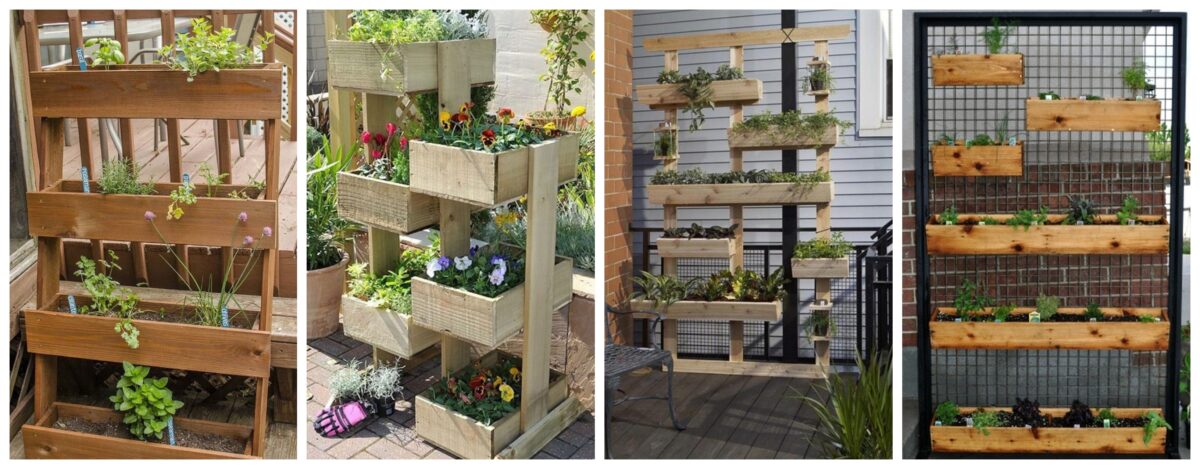
Ladder-Type
When it comes to vertical gardening, it is almost always better to use a ladder-type planter. These planters generally have supports that run the length of the container, and they can be spaced apart at regular intervals in order to make climbing easier. Some ladder-type planters are freestanding and others are attached to walls.
A nice and neat vertical garden could be a great addition to your home. However, you will need to be creative enough to design one that is easy to maintain and looks great.
If you’re interested in going vertical with your greenery, why not make one of these vertical wooden box planters?
Best Plants for Vertical Planter Boxes
Picking the right plants makes small spaces glow. Choose shallow-rooted, quick growers with tidy habits. These picks keep maintenance light, boost yields, and bring color and fragrance to tight patios and balconies.
Herbs That Thrive
Basil, thyme, oregano, chives, and parsley grow quickly and stay compact. Herbs love vertical planter boxes for airflow and easy harvests. Give them at least four to six hours of sun. Pinch basil and mint often to keep stems bushy. Keep mint in its own box to stop spreading roots. Cilantro and dill prefer cooler days. Rotate them in spring and fall for best flavor. Use a light potting mix and let the top inch dry between waterings.
Leafy Greens and Salad Mixes
Lettuce, spinach, arugula, and Asian greens like pak choi and mizuna fit shallow boxes. They’re ideal for vertical planter boxes because roots stay close to the surface. Aim for morning sun and light afternoon shade. Sow thickly, then cut baby leaves for quick salads. Resow every two weeks for a steady bowl. Water gently to avoid soil splash and grit on leaves. Use a little nitrogen early to encourage fresh growth.
Strawberries and Compact Fruit
Everbearing strawberries such as Albion, Seascape, and Mara des Bois stay productive in tight quarters. They shine in vertical planter boxes where fruit hangs clean and easy to pick. Give six or more hours of sun. Trim runners so plants focus on berries. Mix in perlite for drainage and steady airflow around crowns. Add a slow-release feed at planting and top up midsummer. In cooler climates, wrap boxes or move them under cover for winter.
Trailing Flowers for Color
Petunias, calibrachoa, lobelia, and sweet alyssum spill beautifully and attract pollinators. Nasturtiums add edible blooms and peppery leaves. These choices frame herbs and greens with color and scent. They’re perfect accents for vertical planter boxes on patios. Deadhead weekly to keep blooms coming. Water at the base to limit foliar disease. Mix in a bloom booster with higher potassium once a month during peak flush.
Heat Lovers in Compact Form
Choose dwarf tomatoes like Tiny Tim or Tumbling Tom, patio peppers, and bush beans. These thrive in deeper boxes with ten to twelve inches of soil. Add a slim trellis or soft ties for support. Keep watering consistent to prevent blossom end rot in tomatoes. Use a balanced fertilizer and increase potassium as fruit sets. Harvest peppers and beans often to push new growth. Watch for aphids and treat early with insecticidal soap.
Shade-Tolerant Picks and Companions
Parsley, chervil, sorrel, and woodland strawberries handle partial shade well. Heuchera and coleus bring foliage drama on dim balconies. Tuck in marigolds and nasturtiums to draw beneficial insects and deter pests. Alternate greens with flowers to break pest cycles. Keep airflow open by spacing boxes and trimming crowded growth. Refresh tired soil with compost between plantings. Finish with mulch to steady moisture and protect roots.
Cedar vs. Treated Pine v.s Composite
Choosing the right material shapes cost, longevity, and the look of your build. Cedar is light, stable, and naturally rot resistant. Treated pine is affordable and strong. Composite offers low upkeep and consistent color. The best choice depends on budget, exposure, tools, and how much maintenance you’re willing to do.Attribute Cedar Treated Pine (Pressure-Treated) Composite Boards Rot and insect resistance High. Natural oils resist decay. High after treatment. Rated for outdoor use. High. Moisture resistant. Needs good drainage. Structural strength Moderate stiffness. Strong and stable under load. Low to moderate. Not structural. Needs a frame. Weight Light and easy to handle. Light to moderate. Heavy compared with wood. Maintenance Oil or stain to keep color. Can gray gracefully. Seal or paint for appearance. Inspect exposed cuts. Wash with soap and water. No repainting needed. Lifespan 10–20+ years with care. 10–15+ years based on exposure. 15–25 years for boards. Frame governs total life. Workability Cuts and screws cleanly. Low splintering. Cuts easily. Heavier fastener requirements. Cuts like dense wood. Predrill near ends. Fasteners Exterior screws work well. Use hot-dipped galvanized or stainless. Use manufacturer-approved screws. Hidden clips on some lines. Finish options Clear oil, semi-transparent stain, or natural silvering. Solid stain or paint for uniform color. Built-in color. No finish required. Relative cost Medium to high. Low to medium. High upfront. Sustainability Renewable softwood. Choose FSC when possible. Fast-growing species. Chemical treatment involved. Often includes recycled content. Hard to recycle later. Edible garden use Good unfinished for planters. Add a food-safe liner for soil contact. Generally inert. Use liner for neatness and cleanup. Weathering behavior Aromatic. Grains remain visible. Can check and warp if neglected. Color is uniform. Can feel warmer in sun. Best use cases Decorative planters, wall mounts, light frames. Budget builds, ground-contact frames, heavy loads. Low-upkeep cladding and faces for planters, damp climates.
Vertical Box Planter Gallery
Click on any image to start the lightbox display. Use your Esc key to close the lightbox. You can also view the images as a slideshow if you prefer 😎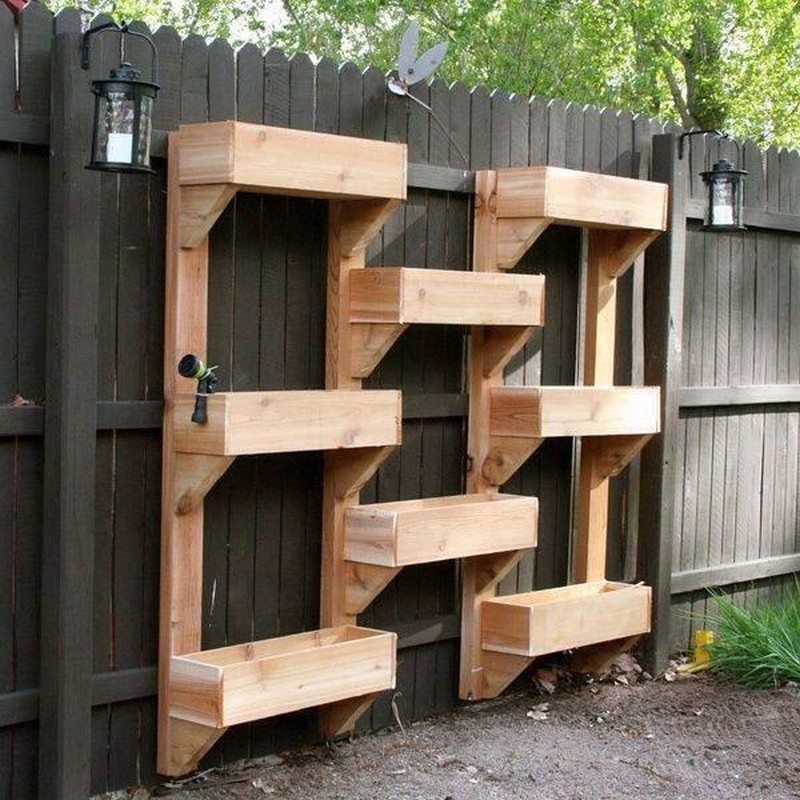
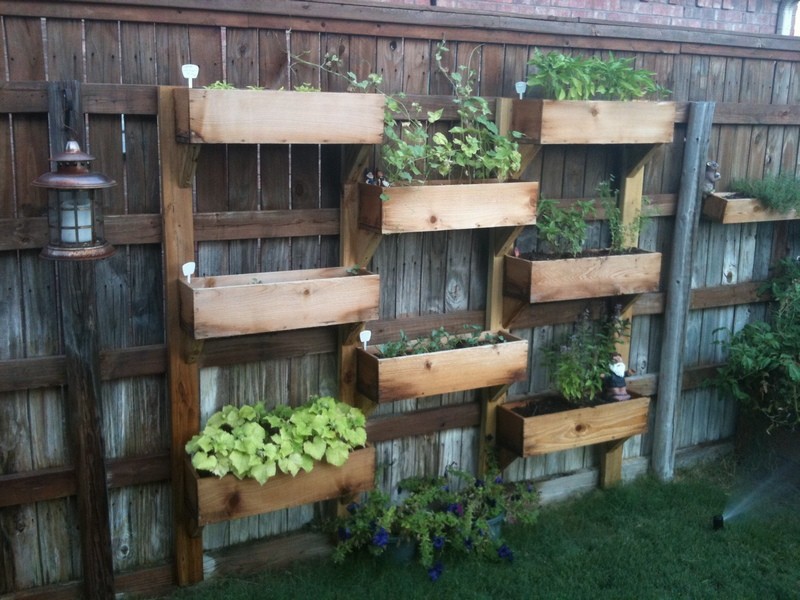
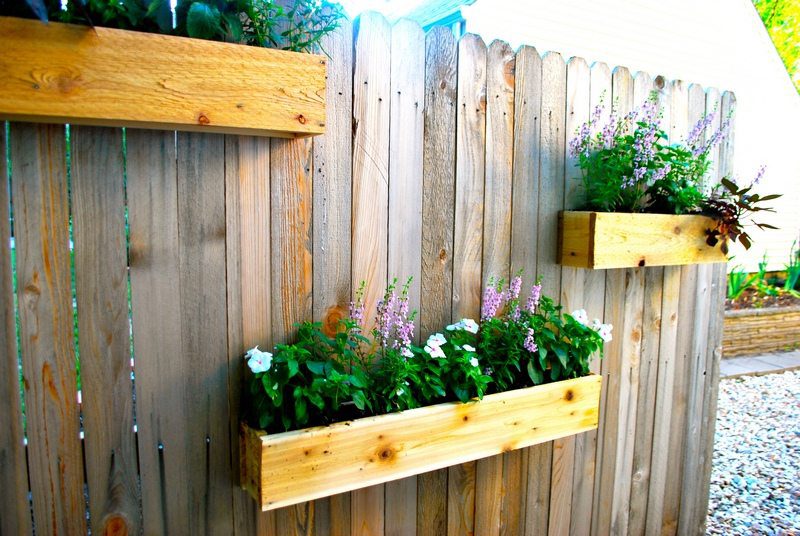
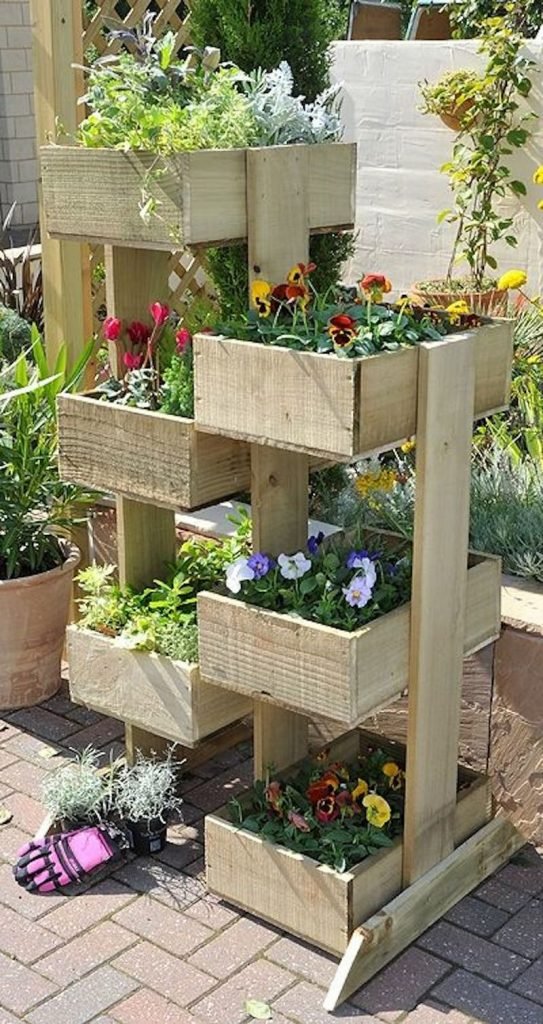

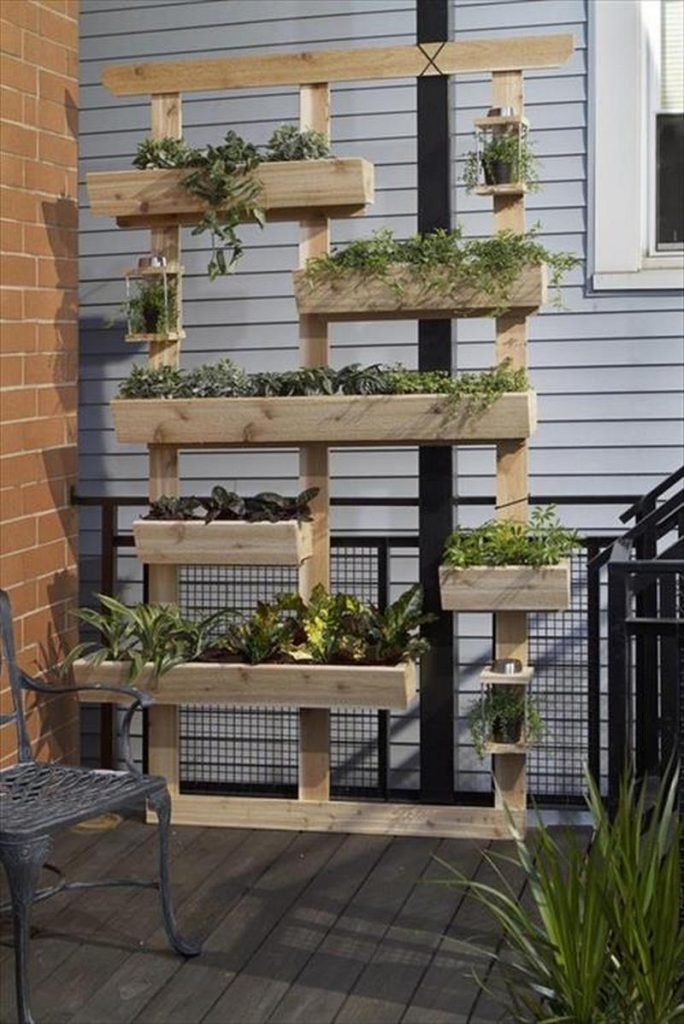
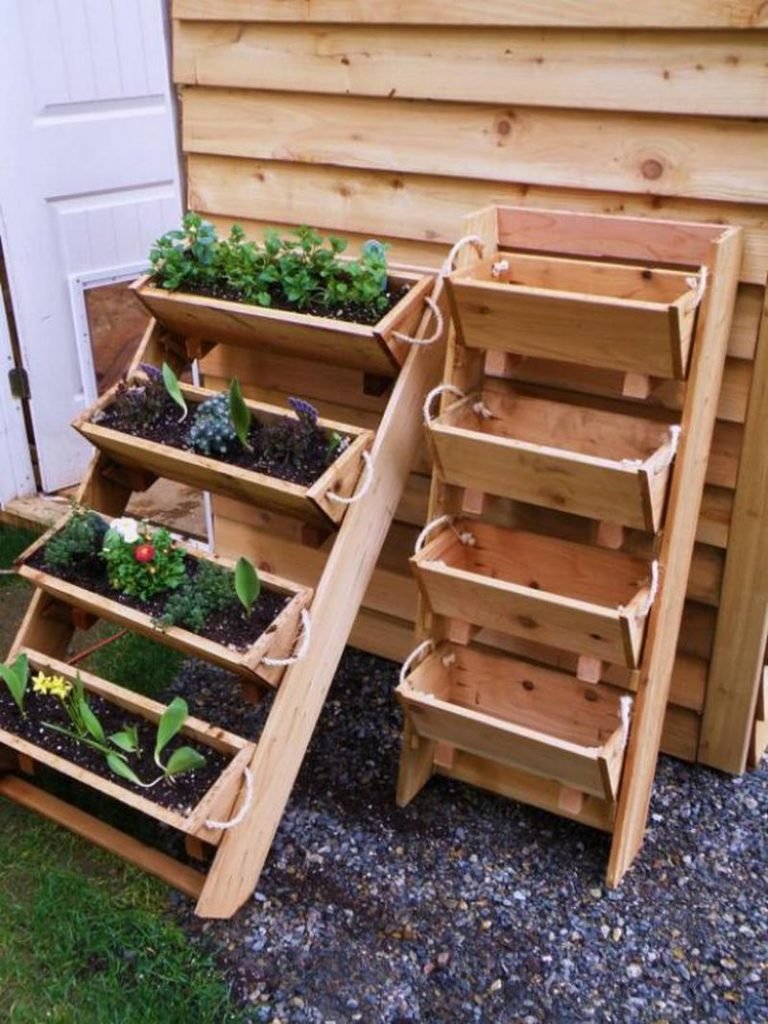

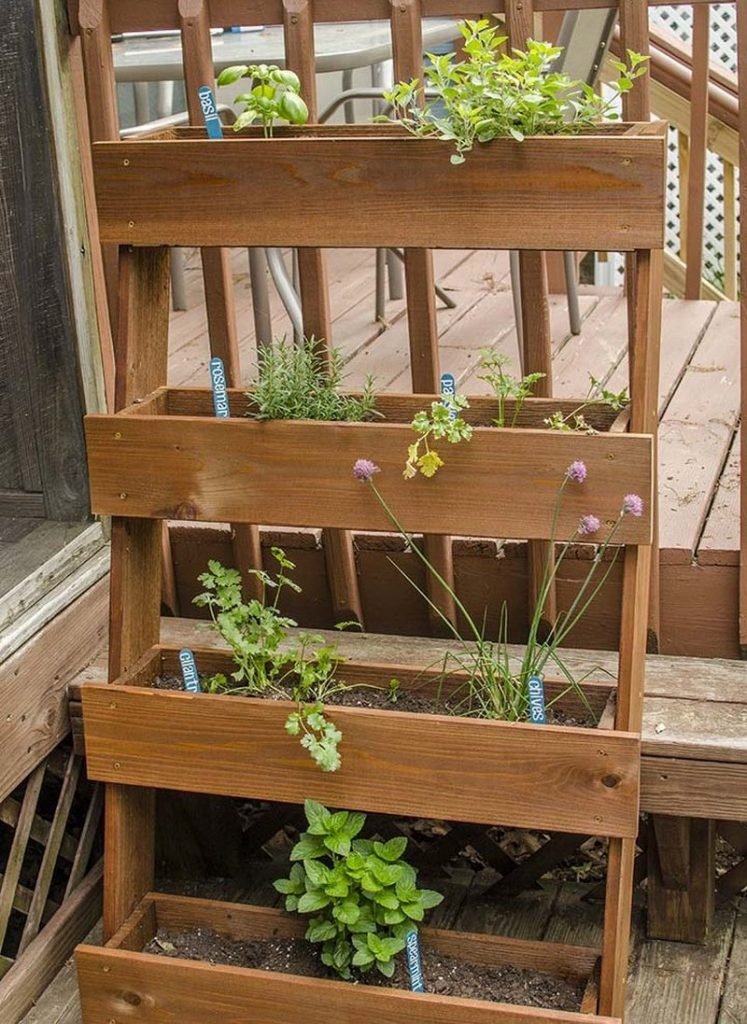

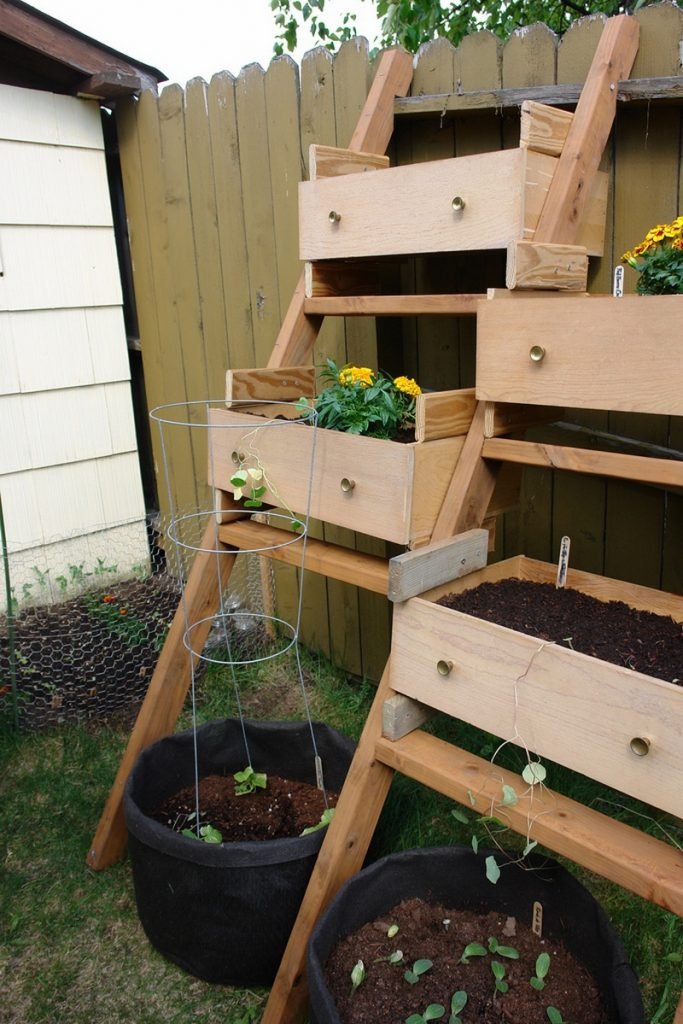
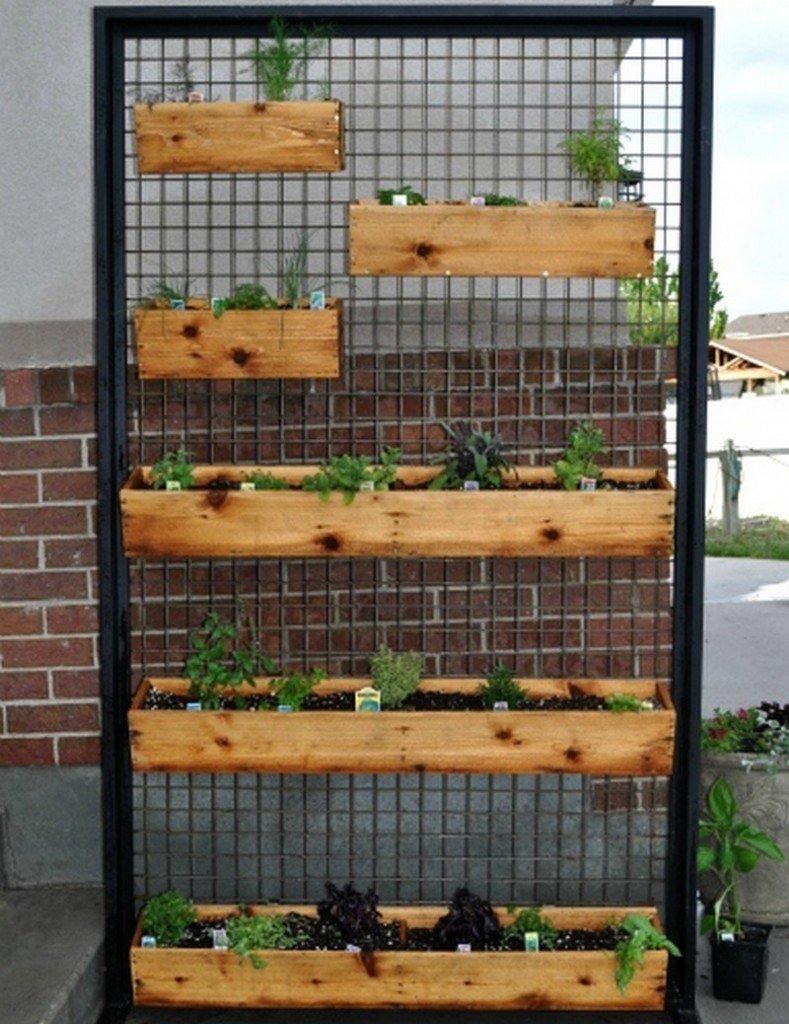
Soil Mix and Fertilizer Schedule
Roots need air, moisture, and nutrients in balance. Good mixes stay light and drain well. Feeding should match plant speed and season. Set a baseline. Then adjust as growth patterns shift.
Lightweight Base Mix Composition
Start with a high-quality potting mix. Avoid topsoil. Aim for a fluffy texture that won’t compact. A good base is peat or coir blended with bark fines. Add perlite for air. Screen out large chunks. Pre-wet the mix before planting so water spreads evenly on day one.
Water Retention and Drainage Additives
Perlite boosts drainage and root oxygen. Vermiculite holds moisture and nutrients. Coir keeps mixes springy and re-wettable. For salad greens, use more vermiculite. For strawberries and peppers, favor perlite. Mix in pumice for durability in hot climates. Keep a consistent ratio across tiers to simplify watering.
pH Management and Amendments
Most herbs and veggies like a pH near 6.2 to 6.8. Test mix pH before planting. Lime raises pH over weeks. Elemental sulfur lowers it slowly. Add compost for buffering and trace minerals. Avoid fresh manure. Recheck pH each season and adjust lightly. Big swings stress roots and stunt growth.
Slow-Release vs Liquid Feeding
Slow-release prills give steady nutrition. They suit busy weeks. Liquid feeds offer fast corrections during rapid growth. Use a balanced formula early. Shift toward higher potassium for flowering and fruiting. Feed lightly every two weeks for liquids. Top up slow-release midseason. Always water before fertilizing to protect roots.
Organic Options and Compost Teas
Worm castings add biology and gentle nutrients. Fish hydrolysate supports leafy growth. Kelp supplies micronutrients and stress resistance. Brew simple compost tea for microbial diversity. Keep it aerobic and use within a day. Strain before applying through emitters. Finish with a thin mulch of shredded bark or straw to hold moisture.
Seasonal Adjustments and Recharging Soil
Cool months need less feed and water. Hot spells demand more potassium and calcium. Watch leaf color and vigor. Pale greens often signal nitrogen needs. After each crop, pull roots and fluff the mix. Add fresh compost and a handful of mineral amendments. Replace one quarter of the mix yearly to keep structure and fertility high.
Conclusion
Vertical planter boxes ideas make small spaces productive and beautiful. You can mount them on walls, build ladder frames, or roll freestanding towers to chase the sun. Smart irrigation and a light potting mix keep plants healthy and maintenance low. Cedar, treated pine, or composite let you match budget and style. Start with one stack and expand as your harvest and confidence grow.



